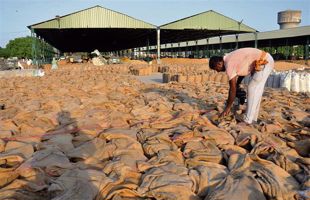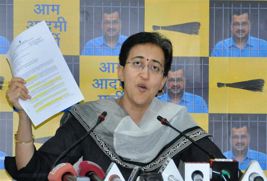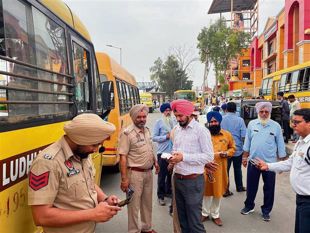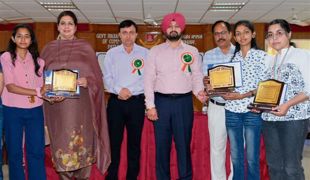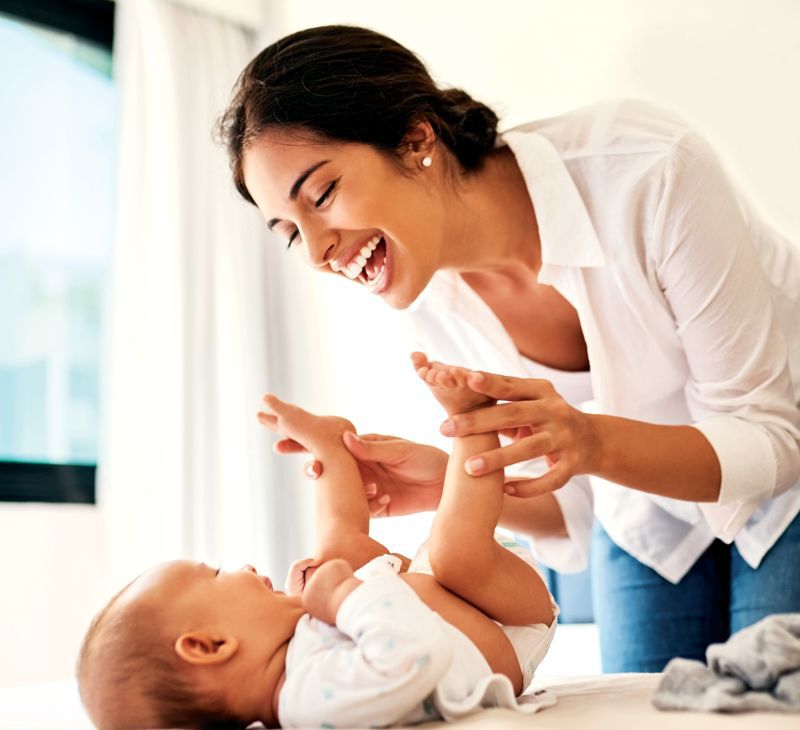
istock photo
Renu Sud Sinha
Anu was 37 when she got married in 2019. “The unspoken pressure to have a baby started from day one. I, too, was keen to start a family as my biological clock was ticking,” recalls the service professional from Gurugram. “Besides the natural method, I tried everything, from tracking my fertility cycle/days to even old wives’ tales to Vaastu. I was quite desperate but nothing worked out. Then the pandemic struck, putting a hold to everything. When we eventually decided in 2021 to try assisted reproductive technology (ART) and have a baby through IVF (in-vitro fertilisation), I was 40 by then. I consider myself lucky to have succeeded in my first attempt. Now, I have lovely twins.”
More and more women like Anu are opting to have a baby at or after 40, says her doctor, Chetna Jain, director, obstetrics and gynaecology, Cloud-9 Hospital, Gurugram. “Anu is quite fit and doesn’t have any medical issues. Delayed marriages have pushed the average age of first pregnancies of urban women to between 32 and 34, while second pregnancies are happening in the late thirties,” says Dr Jain. At least 8 to 10 per cent urban mothers are having a baby after 40, she adds. Fertility levels are marginally better even in the mid-30s. “With advancements in ART, even older women can conceive through IVF with donor eggs. Taboos around fertility treatment are decreasing. There’s more acceptance in society,” says Dr Jain.
To women marrying late, she advises seeing an expert as soon as possible to evaluate their fertility levels and also how much time they have before these dip. She suggests a pre-conception appointment for lifestyle course correction for a healthy pregnancy and taking vaccinations like rubella and chickenpox if not already vaccinated.
She also sounds a note of caution. “While ART techniques like IVF have helped many 40-plus women achieve motherhood, this comes with its own risks. Generally, women take longer to conceive (with IVF) after 40, sometimes even one to two years, while younger women take six months or so,” adds Dr Jain.
Medically speaking, the ideal child-bearing age is until 35 because risks and problems increase after 40, whether it is a natural birth or through IVF, says Dr Alka Sehgal, former professor, Department of Obstetrics and Gynaecology, GMCH-32, Chandigarh.
Older women opting for IVF should be aware that there are more chances of abortions and chromosomal disorders in the baby as well as more chances of pre-term deliveries, under-weight babies and still births, she adds.
There are other issues, points out Dr Jain. After 40, the number of eggs decreases, mature/aged eggs are of poor quality, have less agility and don’t accept sperms easily. Sometimes the fertilised egg is not of good quality and does not grow into an embryo. Or if the embryo is of poor quality, it does not get attached to the uterus lining, which generally thins in older women. Factors impacting fertility are many and increase with age.
Chandigarh-based infertlity expert Dr Umesh Jindal says even nature recognises that a woman’s body is not suited to bear a child in the late 40s, hence the menopause. After a certain age, women are vulnerable to all age-related diseases. And their body can’t take the added risk of pregnancy. After 50, mortality and morbidity rates are also high, she adds.
The risks do not stop here, says Dr Jain. Multiple pregnancies (twins/triplets) are more common in older women, posing greater risk to mother’s health. Also, they have more chances of having diabetes and high BP. Their pelvic area is not flexible, increasing chances of Caesarean births. They are more likely to have low-lying placenta, placental abruption or separation, more bleeding after delivery, she adds.
Even the babies born through IVF are more likely to have heart defects and GI defects, says Dr Jain. A study available at PubMed Central, an archive of biomedical and life sciences journal literature at the US National Institutes of Health’s National Library of Medicine, says the risk of congenital malformations is approximately one-third higher in children conceived with the aid of IVF than in other children. These include cardiac malformations, musculoskeletal malformations and genito-urinary or uro-genital malformations.
But all is not lost, says Dr Sehgal, as IVF does have some advantages over even natural birth. “For parents genetically predisposed to certain medical issues, testing is possible. Because it is being prepared artificially, you have the embryo in hand and it can be tested for many disorders. Besides, ART and IVF are also quite helpful for those who get married late, or get married again or have lost a child or for couples staying apart in different cities or countries,” she adds.
IVF is a boon even for younger women who can’t conceive naturally because of gynaecological problems like blocked or damaged fallopian tubes, particularly after an ectopic pregnancy, or those affected with endometriosis (where tissue similar to uterus lining grows outside the uterus). There are other medical conditions like genital TB (TB that affects the reproductive organs), premature ovarian failure and other idiopathic problems that inhabit natural pregnancies, besides male infertility where partners may have low sperm count or even no sperm count, Dr Sehgal further adds.
Cost is a major factor, whether in the private or the government sector. “Moreover, majority of government setups are not providing this service or are providing limited service,” says Dr Sehgal.
PGIMER, Chandigarh, has a special clinic at its obstetrics and gynaecology department offering IVF but does not take up cases where donor eggs are needed. That rules out women over 40 who usually have a poor outcome with their own eggs, and may need donor oocytes, says Dr Shalini Gainder, Professor, Department of Obstetrics and Gynaecology, PGI. A rough price estimate is around Rs 1 lakh per cycle, which may or may not convert into a successful pregnancy.
Major players in the private sector charge approximately Rs 1.75 lakh to Rs 3 lakh for each IVF cycle, including the cost of medication, consultation and the actual procedure. In case a donor egg or sperm is needed, the cost is Rs 3 lakh to Rs 4 lakh per egg and Rs 4 lakh to Rs 5 lakh for donor sperm.
Whatever the risks, most experts agree that if a woman is healthy, fit and has no medical issues, motherhood after 40 is an achievable dream.
How old is too old
The Assisted Reproductive Technology (ART) (Regulation) Act, 2021, introduced on January 25, 2022, prescribes the age limit of 50 years for women and 55 years for men for undergoing the IVF or other ART techniques.
Join Whatsapp Channel of The Tribune for latest updates.





















